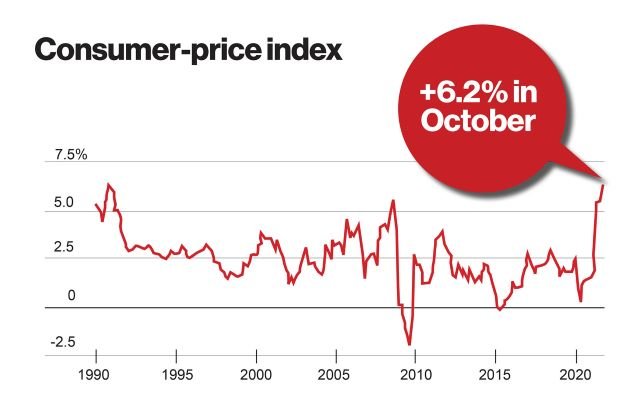Below I will discuss the quantitative and qualitative reasons that most businesses should outsource their finance function. Obviously I will be biased for outsourcing but my opinion is confirmed based on the feedback I receive from my clients.
First and foremost, you will save money by outsourcing your finance function. I’ll go into the details in the next paragraph, but separate from the cost, outsourced individuals will be engaged based on the quality of deliverables and are more easily held accountable which benefits the business. Also, a very undervalued aspect of outsourcing is that they are independent. They will provide an unabridged version of the truth which is paramount in financial decision making, not to mention the incentive of in house finance to hide the truth or paint a prettier picture than reality because their job depends on showing success.
When looking at costs savings, in my experience the finance function isn’t a full time role until the company becomes very large, if ever. Some industries like professional services will never need a full time finance role and thus can be extremely large without ever bringing those activities in house. Outsourcing allows a business to pay for only what they need and will allow them to save money in the short term and increase the scope of work and hours as the need arises, or simply on a project or temporary basis.
In addition, if a company is looking for someone to help with strategic decision making they are going to need to find someone with experience and a broad knowledge base of different company sizes and industries and a record of success in a diverse set challenges. If they have this experience and they are good at what they do, they will demand a large salary. On top of the salary, you will be paying benefits, payroll taxes, workers comp, vacation and sick pay, retirement contributions, bonus, etc.
As you can see it can be cost prohibitive unless you have the volume of finance work necessary to keep that person working at full capacity.
Now, often times, companies will try to mitigate the above by combining the accounting and finance roles. In this scenario, you’ll most likely end up with someone with a heavy accounting experience and not a focus on finance. If they are good at finance they will not want to focus on, or worse, be unable to perform, the detailed accounting tasks or back office accounting operations. If they are an accountant by trade, it will be difficult for them to separate from the day to day transaction level detail and provide more finance or management reporting. With this said, when you hire in house you only get one person and their defined skillset.
Many outsourcing firms, like us, can build contracts that include varying skillsets such as accounting, bookkeeping, and tax strategy as well. These skillsets are not found in one person, but in the firm and thus avoiding the issues described in the paragraph above. Again, only engaging and paying for the specialized skills when you need them. Having access to these additional functions because of the preexisting relationship can be invaluable.
If you are interested in outsourcing your finance function please reach out to us for a free consultation here.



